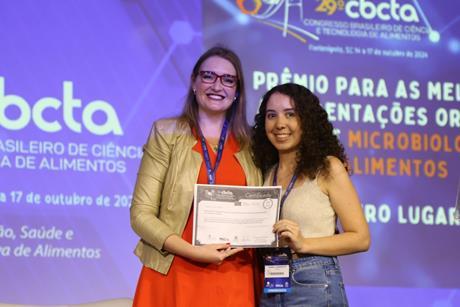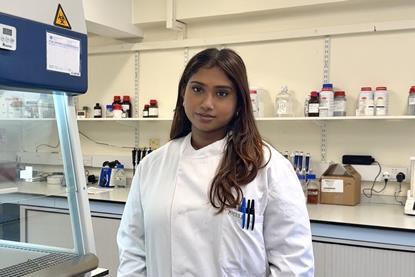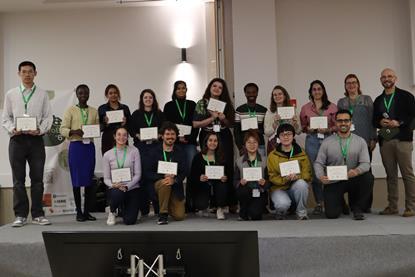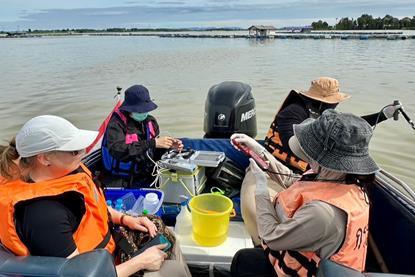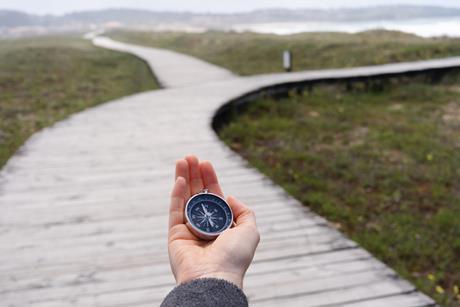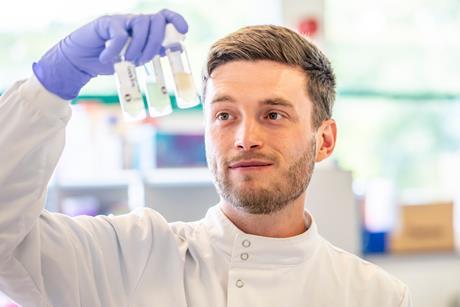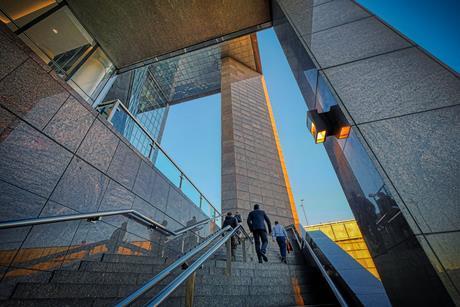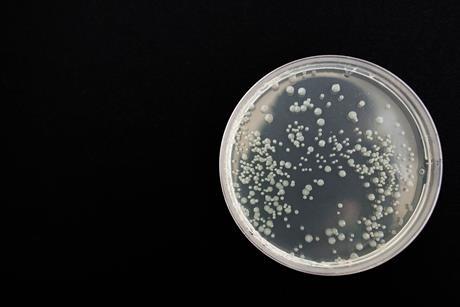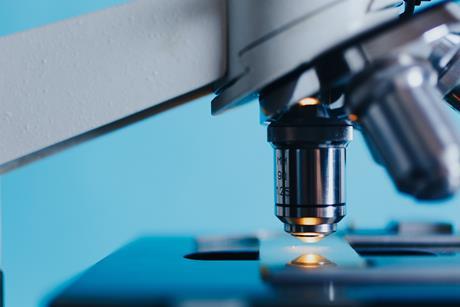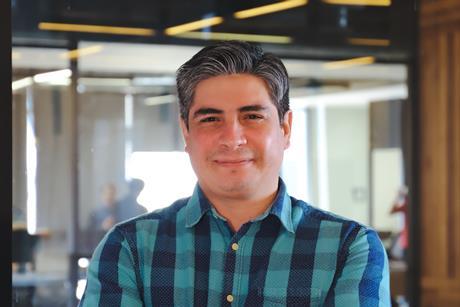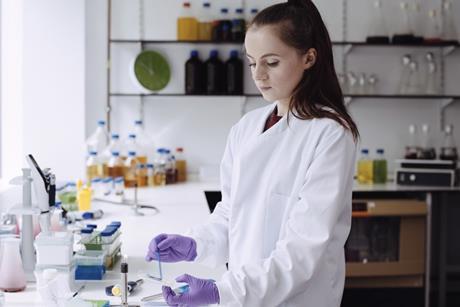Be inspired by some of the world’s leading microbiologists, discover the work of laboratories around the world, get advice on key topics and find out about exciting career opportunities in the world of microbiology.
Be Inspired
CBCTA 2024 oral presentation winners: Isabella and Lia take home the honours
Letters in Applied Microbiology sponsored the best oral presentation award at the 29th Brazilian Congress of Food Science and Technology (CBCTA 2024). Winner Isabella Bassoto Xavier and runner-up Lia Mariano Aquino take a dive into their research.
Summer studentship: Harini searches South Asian fermented foods for microbes that can tackle fruit browning
Harini Satkunarasa reports back on her AMI-sponsored summer studentship which explored South Asian fermented foods as a source of microorganisms for tyrosinase inhibition, with the wider aim of finding natural ways to decrease fruit browning in foods.
Fascinating exchange of ideas at 6th Plant Microbiome Symposium - and new collaborations are already starting
Last month Applied Microbiology International supported the 6th Plant Microbiome Symposium in Antequera, Spain, funding 17 travel grants for early career researchers to attend. Organiser Dr Victor Jose Carrion Bravo reports back on a vibrant exchange of ideas.
AMR in aquatic ecosystems: A One Health investigation in an irrigation dam in Thailand
Dr Kwanrawee Joy Sirikanchana outlines how her team has launched a major project to address an overlooked question: How much does aquaculture contribute to AMR in shared water systems, and what does this mean for people, animals, and wildlife living around them?
The Space Microbiology Group
The Space Microbiology Group studies how microorganisms behave in space conditions, using tools such as microbiology, molecular biology, system biology and geomicrobiology to learn how new biotechnologies could be applied to space.
The Rahlff lab
The Aero-Aquatic Virus Research Group led by Dr. Janina Rahlff conducts basic research on microbial viruses from the surface microlayer, which is the 1-mm thick ‘skin’ of a water body’s surface, and in atmospheric ecosystems.
The Microbial EcoGenomics and Biotechnology Lab (MEGBLab)
At MEGBLab, our mission is to advance the understanding of microorganisms and their crucial role in environmental sustainability.
Laboratorio Calidad de Aguas
The Water Quality Laboratory of the National University of Salta, founded by Dr Mónica Salusso and Dr. Liliana Moraña, is going from strength to strength - but faces challenges posed by major budget cuts to science and research in Argentina.
The Babalola Lab
The Babalola Lab examines the interplay between plants and plant growth-promoting rhizobiome in plant health management using high throughput sequencing
New method accelerates resistance testing in urinary tract infections
Researchers have developed two methods that allow urine samples to be tested directly for antibiotic susceptibility. Because the procedures do not require standardized bacterial suspensions, the time to result is reduced by up to 24 hours compared to conventional testing.
Read storyWho is more likely to get long COVID?
Scientists have identified the key genetic drivers behind long COVID, revealing why some people continue to experience debilitating symptoms long after their initial infection.
Study uncovers new drug target for huge class of viruses
A study reveals how enteroviruses—including pathogens that cause polio, encephalitis, myocarditis, and the common cold—initiate replication by hijacking host-cell machinery.
New method means contaminated bathing water easier to detect
A new method can provide both faster and more complete answers on whether the water is safe for swimming or not. The innovation has been successfully tested in Helsingborg, where the response time has been reduced from several days to just a few hours.
Advice
Next-gen microbiologists: from innovators to business leaders
Today, we need microbiologists to be not only academics or researchers but also budding innovators, entrepreneurs, and business leaders. Career possibilities in this domain are vast, as people can build their own ventures, become policy makers, and employers.
Navigating mid-career challenges in biotech, pharma, and life sciences amid sector-wide layoffs
The current economic climate has cast a shadow over biotech, pharmaceutical, and life sciences industries, with widespread layoffs and restructuring efforts creating an atmosphere of uncertainty.
My autistic academic maze - and my advice to neurodiverse PhD students
In Neurodiversity Celebration Week, PhD student Joshua Yates reveals the challenges of pursuing a career in microbiology with autism and dyslexia - and his advice to others.
The true cost of science
Discover valuable insights from three companies in the microbiology field, and their experience of balancing innovation, investment, and sustainability to drive their success.
Nine to five
A day in the life of Associate Practitioner in Microbiology
Discover the role, the challenges, and key opportunities for the future.
The role of clinical microbiologists in HAIs, AMR and beyond
A clinical microbiologist describes the key roles and technological challenges encountered in a typical day.
A Day in the Life of a Microbiologist at ACEWATER
My journey began in 2020 as a PhD student in Environmental Microbiology at Redeemer’s University, and I’ve since been immersed in the fascinating world of microbiological research. My work at the African Centre for Water and Environmental Research (ACEWATER) presents a variety of challenges and rewards as I explore the ...
A day in the life of a phage expert
Nicolás Cifuentes is Head of Research Projects and Phages at PhageLab, Chile, which offers tailor-made solutions to control bacterial outbreaks in the livestock and poultry industries.
A day in the life of a pipeline lead
A dip into the world of colourful fabrics and microbial engineering - Alicia Russell of Colorifix shares her experience designing, coordinating, and crafting pigments for a spectrum of colours.

